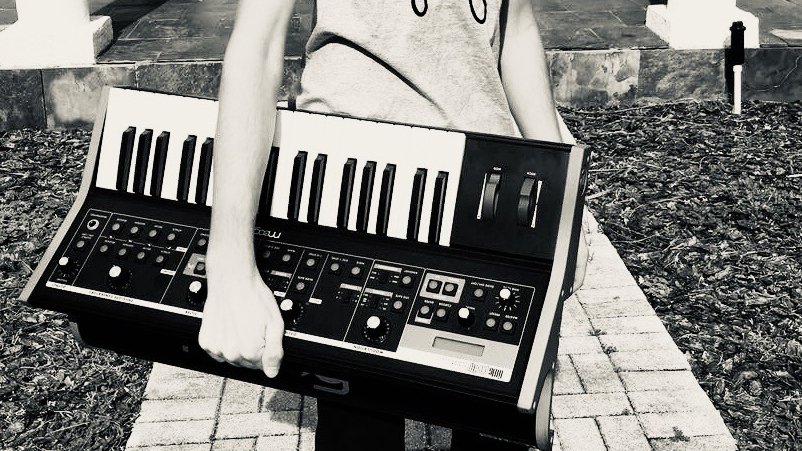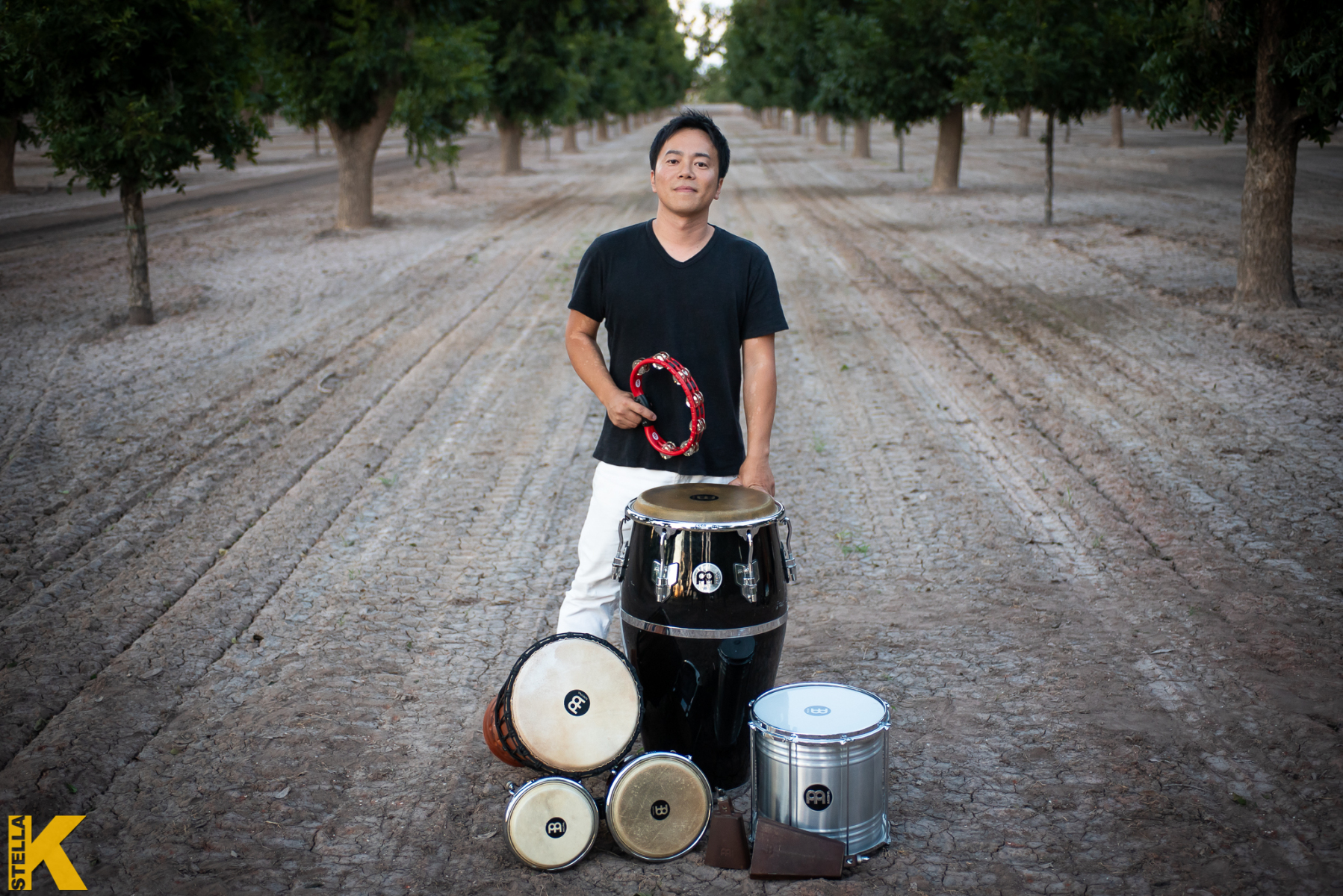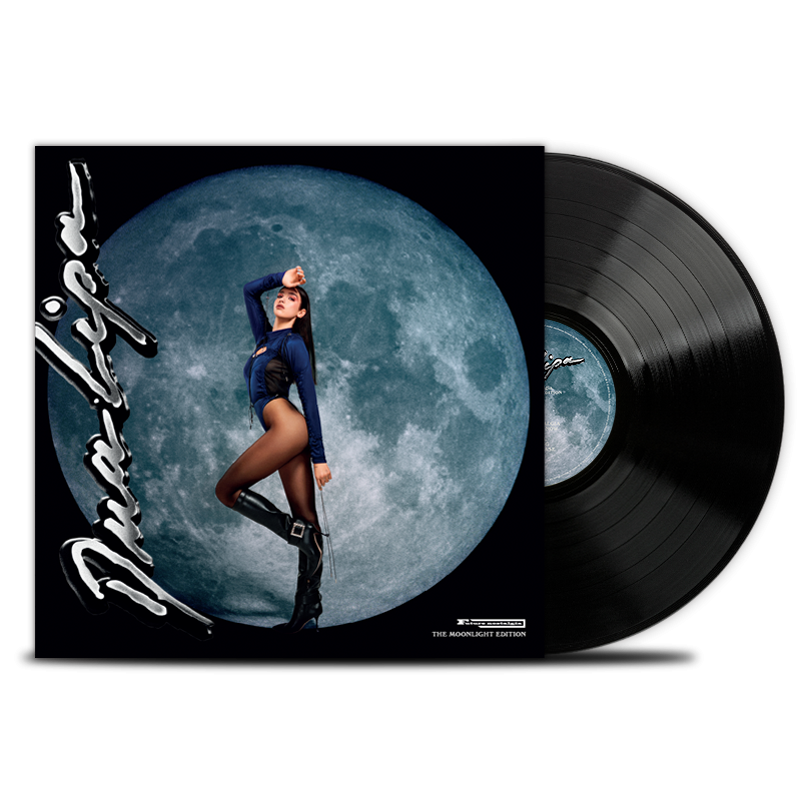BY CHRIS DEANGELIS (BASSIST OF KUNG FU)
1 – RIGHT HAND EXERCISES AND DRILLS
There are tons of different types of these exercises and yes nothing is better practice than actually gigging but when you’re not gigging you should be doing bass exercises that promote alternating your pointer and middle finger on your right hand. I don’t use three fingers on the right hand but that’s also a possibility. You can run these drills starting on the open strings first and then move them to all the different exercises you can think of note wise.
2 – LEFT HAND FINGER EXERCISES TO HELP ALTERNATE ALL FINGERS
It is really important as a player to explore all the possibilities you can when it comes to what’s possible with your left hand. Yes, it’s entirely possible to play bass lines with one finger and some very famous players don’t have the best technique but I think it’s better to explore left hand technique as much as possible. The main thing is that you want complete control of each of your fingers Independently. There are many ways to achieve this. All involve daily practice routines.
3 – PRACTICING BASS LINES VERY SLOW
You’ve probably heard this one before and wondered “why do I need to practice Teen Town at such a boring slow tempo when in the real world nobody’s ever going to call this song at a gig that slow. Here’s the thing. When you practice something at an ungodly slow pace you are so much more aware of what each hand is doing at every single moment. When you just blaze through a riff and it sounds sloppy you’re not pinpointing the problem because your brain can’t find the problem in time. When you slow the riff down it allows you to work out specific passages in a way you can’t when its fast. It also allows you to try different fingering for a riff that you aren’t used to and end up finding something that sounded better than the original. Every movement of every muscle is accounted for when playing very slow and your mind can focus much better on each movement.
4 – PRACTICING WITH A METRONOME OR A RECORDING
The difference between playing a song like Led Zeppelins “Moby Dick” with and without some kind of beat or guide cab be staggering. You just don’t know how good your time is when you practice without a guide. To take it a step further would be to record yourself playing to a click track or the recording. By doing this you really get a true sense of where exactly you are at with your sound and time feel. I think that time feel and tone go hand in hand. The more aggressive you are about having perfect time the more your tone will develop along with that. When you record yourself you need to listen as objectively as possible if you want to get better. Be prepared to hear some not so good things.
5 – MESSING AROUND WITH TONE SETTINGS ON AMPS AND PEDALS
They say that tone is “all in the hands” This is very true to a certain degree. Your first goal as a player should always be to have a great sound and time feel. I practice a lot without an amp just to really hear what sound my fingers make against the metal strings. If you can make a bass sound good without an amp then just imagine what it would sound like with an amp hahaha. I would be lying if I said that what amps, speakers and pedals you used did not have any effect on your overall tone and sound. I have used many different kinds of amps and my favorite are Aguilar and Mark Bass. They have a very clean tone. Again it’s all about the sound you are seeking out in your head. There are also many different pedals such as boosts, equalizers and compressors that will add to your tone. Think of amps and pedals as the finishing touch to your tone you have already been cultivating with your hands for years. It’s not the other way around.






















